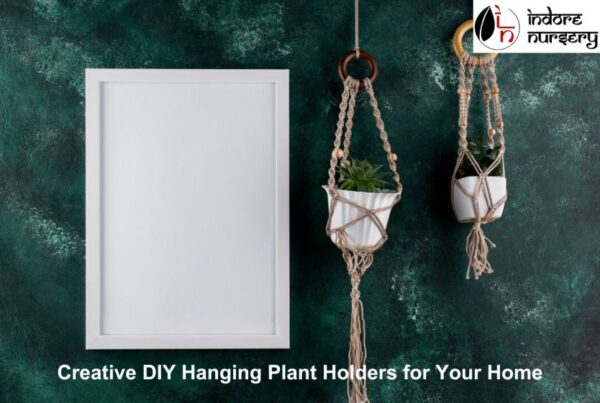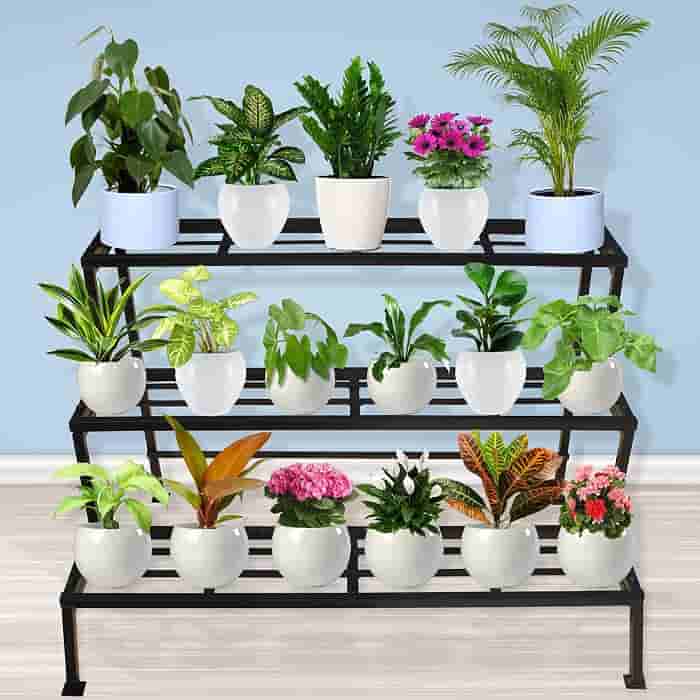What is Companion Planting
Companion planting means growing different plants together to help each other. Some plants attract helpful insects or keep pests away. Others make the soil better or provide shade. For example, marigolds can stop pests from bothering tomatoes, and beans can make the soil richer. This approach makes your garden healthier and more productive by taking advantage of how different plants support each other.
The Benefits of Companion Planting
Companion planting is great for gardeners. It helps plants grow better by supporting each other and making soil healthier. Some plants keep pests away and attract helpful bugs, reducing the need for sprays. It also uses garden space more efficiently, with some plants giving shade or support to others. This method can increase the amount of crops by improving pollination and soil nutrients.
Improved Pest Control
Companion planting helps keep pests away naturally. Plants like marigolds and nasturtiums use strong smells to repel pests. Other plants attract helpful bugs, like ladybugs, that eat pests. Some plants block or trap pests so they can’t get to your other plants. By choosing plants that help each other, you can manage pests and keep your garden healthier.
Increased Plant Growth and Yield
Companion planting can help plants grow better and produce more. Some plants benefit each other by improving soil nutrients, offering shade, or providing support. For example, beans add nitrogen to the soil, which helps tomatoes grow. Other plants attract pollinators, which helps fruits and vegetables develop. By planting these helpful combinations, gardeners can use their space more efficiently and get a bigger, healthier garden.
Key Principles of Companion Planting
Companion planting is about picking plants that help each other grow and stay healthy. This means choosing plants that improve the soil, offer support, or attract helpful insects. Some plants keep pests and diseases away from others. It also involves combining plants that boost pollination and balance the garden. For example, planting beans with tomatoes can make the soil better for both. By using these ideas, gardeners can create a more productive and healthy garden.
Symbiotic Relationships Between Plants
Symbiotic relationships between plants happen when different plants help each other grow and stay healthy. For example, some plants add important nutrients like nitrogen to the soil, which helps nearby plants. Others can climb and support each other. Some plants attract helpful insects that pollinate or keep pests away. Some provide shade or protection to other plants. By using these plant relationships, you can create a healthier and more productive garden.
Plant Pairing Guidelines
Plant pairing guidelines help you pick plants that suit each other. Check that they need the same soil, sunlight, and water. For instance, plant beans with veggies that need extra nutrients. Keep plants with different light needs separate.Some plants, like carrots and onions, help keep pests away from each other. Use tall plants to provide shade where needed, and plant flowers that attract helpful insects. By following these tips, you can create a garden that grows well and produces a lot.
Popular Companion Planting Techniques
Popular companion planting techniques involve growing certain plants together to help each other. For example, the “Three Sisters” method uses corn, beans, and squash: corn supports the beans, beans improve soil with nitrogen, and squash shades the soil to stop weeds. Marigolds are planted with tomatoes to keep pests away, and basil near tomatoes can boost flavor and repel bugs. Cucumbers and radishes work well together because radishes can keep cucumber beetles away. These methods make plants healthier, increase yields, and reduce pests by using natural plant benefits.
Enhancing Soil Fertility with Companion Plants
To improve soil fertility with companion plants, use plants that naturally boost soil quality. For example, beans and peas add nitrogen to the soil, which helps other plants grow. Cover crops like clover or vetch prevent soil erosion and add nutrients. Deep-rooted plants, like comfrey, bring nutrients from deep in the soil to the surface when their leaves decompose. Choosing the right plants can make your soil better and your garden more productive without needing chemical fertilizers.
Composting Plants
Composting plants help make rich compost for your garden. Plants like comfrey, nettles, and horsetail are great because they have lots of nutrients. When you add them to compost piles, they break down and release these nutrients into the compost, making the soil better. Comfrey gives potassium, which helps plants grow strong. Nettles add nitrogen, which is good for leaves. Horsetail adds silica, which strengthens plant cells. Using these plants in compost creates better compost, leading to healthier soil and plants.
Companion Planting for Succession Cropping
Companion planting for succession cropping means growing different plants together to make the best use of your garden space and get more from your harvest. You can also plant beans that improve soil nutrients, then grow tomatoes that need those nutrients. This method keeps the soil healthy, fills empty spaces, and makes your garden more productive.










Recent Comments